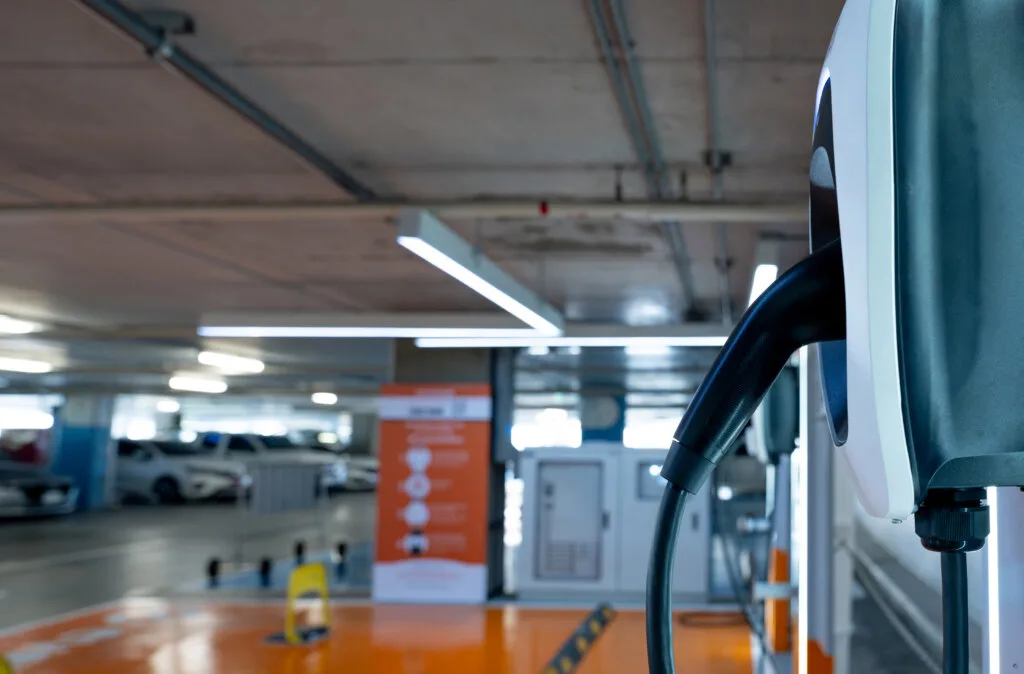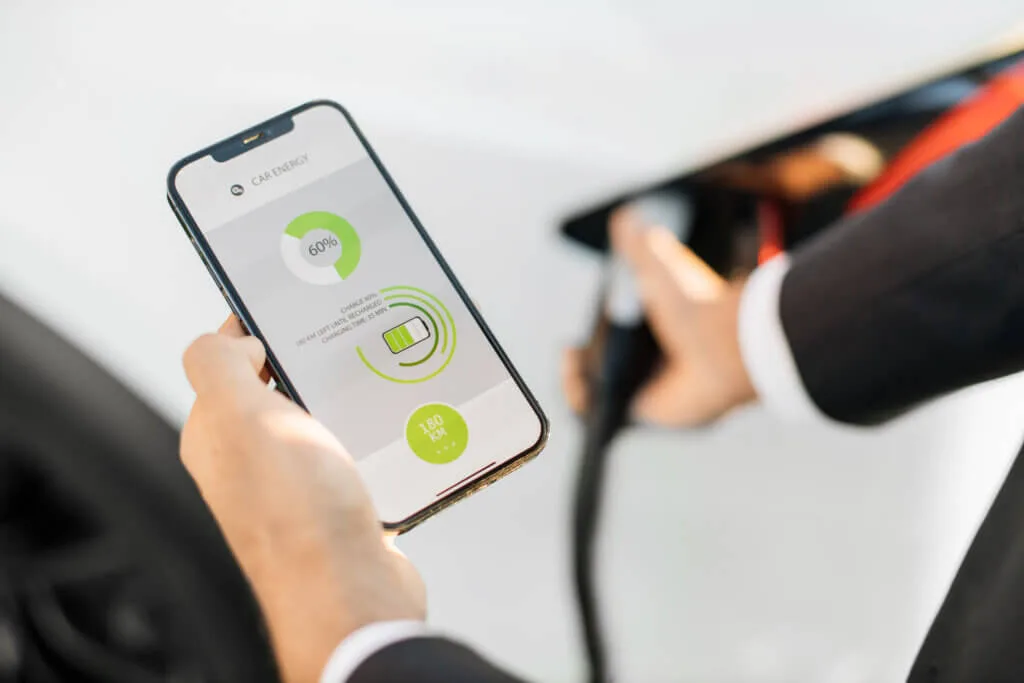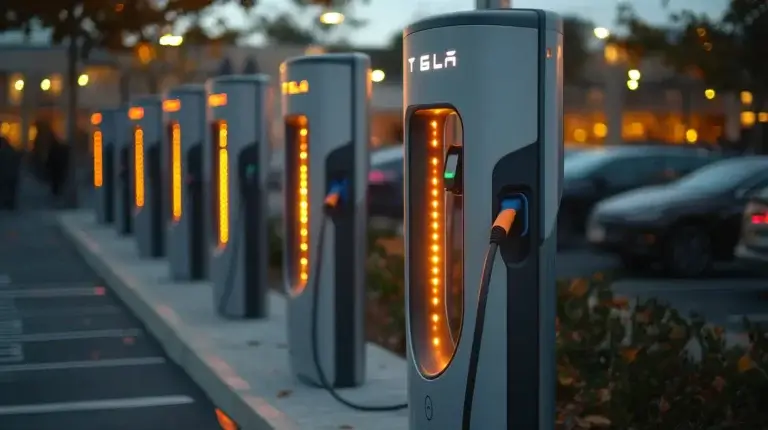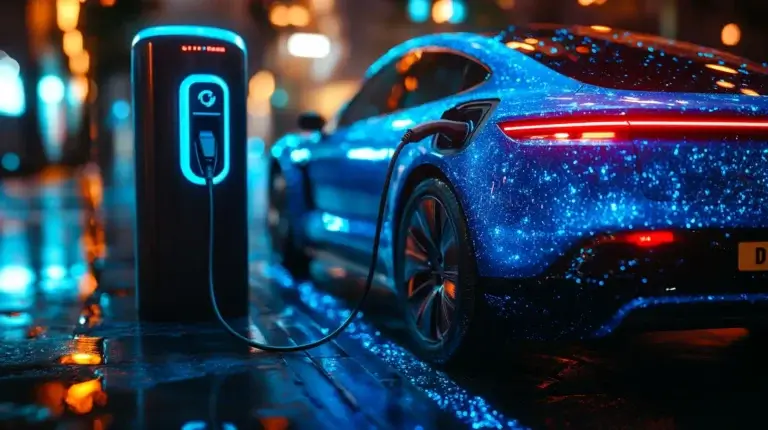Commercial EV Charging: A Guide for Installers, Developers, and Operators
The electric vehicle (EV) revolution continues to accelerate at an impressive rate. According to the Society of Motor Manufacturers and Traders (SMMT), the UK has witnessed a 15.8% increase in annual EV sales year-to-date in August 2024, compared to 2023.
As adoption of electric vehicles continues to grow, so does the urgent need for robust and efficient charging infrastructure. Particularly, as a recent analysis by Northgate Vehicle Hire revealed a significant shortfall in EV charging infrastructure in major UK cities.
This need for rapid expansion is not without its challenges. Therefore, installers, developers, and operators planning large-scale EV charger installations – whether for commercial or residential use – must address several crucial factors to ensure long-term success.
Here are the challenges that should be top of your list to overcome when planning for a commercial EV charging project.
1. Power Management and Load Balancing
One of the most important challenges for a large-scale EV charger installation, is how to manage the power load. Here’s what you should consider:
- Site-wide load management: Understand the total kwh power capacity available to use on site and how this will be distributed across the charge points
- Charger group management: Make a plan for how to allocate power to the different charger groups, to prevent overloading the site
- Individual cable limitations: Be careful of burnout, by acknowledging the power limits for each cable and string of chargers
2. Infrastructure Costs and Upgrades
Are upgrades necessary for the current electrical infrastructure? You’ll need to know the potential costs, should you need to undergo an upgrade.
Next, consider your budget and be practical about your solution – if you were to provide full power simultaneously to all chargers on site, this could potentially require a huge investment (£1M+).
With this in mind, load management solutions are a cost-effective alternative to upgrading an entire infrastructure with new electric vehicle chargers.
3. Minimum Charging Rates
Power distribution can be optimised by load balancing solutions, but you still need to ensure a minimum level of service.
You should aim to provide a minimum charging rate of 1.5kW for the electric cars. If the power drops below this threshold, it is worth cutting charging, to maintain user satisfaction.

4. Priority EV Charging Spots
Not every charger needs the same power level. It’s worth considering implementing high-power zones for fast chargers. By creating areas in a suitable location that are not subjected to load balancing, you’ll be able to accommodate fast charging, such as 11kW 3-phase charging.
These zones prioritise EV drivers who need rapid chargers, while ensuring the overall site power is effective.
5. Payment and Access Control
Have you decided how your users will pay for or access the charging service?
If not, you’ll need to explore options for integrating payment systems with load balancing. Through your chosen solution, ensure you can disable charging or RFID access for specific users or chargers (e.g. for maintenance free charging or to cut off non-payment users).
6. Scalability and Future-Proofing Commercial EV Charging
EV adoption will continue to grow. As such, you need your commercial charging site to be adaptable.
Plan with expansion in mind and allow for the possibility of adding in extra charge points. This may mean choosing to use systems that can accommodate these future additions, along with increased power capacity.

7. User Experience and Fairness
User satisfaction plays a key role in the success of your site installation, and builds a loyal customer base.
To maintain this good user experience, ensure power is distributed fairly across the car-park, particularly during peak hours- queuing systems or time limits are worth implementing for high-demand periods.
Overall, communication is key: provide clear information to users about the charging speeds and load balancing measures implemented.
8. Compliance and Standards
It’s important to regularly stay informed about relevant regulations and standards. Guarantee you stay compliant by understanding local electrical codes and EV charging standards.
One way to stay compliant is through future-proofing your site, by choosing EV charging point equipment that supports open standards, e.g. OCPP ((Open Charge Point Protocol).
A Comprehensive Solution: BalanSea
Looking for an integrated load balancing solution that can address many of these commercial EV charging challenges?
At Versinetic, we’ve developed BalanSea a charger-to-charger load management software stack designed to simplify large-scale EV charger installations.
BalanSea offers both static and dynamic load management, group management and can seamlessly integrate with our EV charger products: RAY & EEL.
There are minimal set-up requirements and it can use external metering as part of its dynamic load management capabilities.
Whether you’re building your own charger using Versinetic’s EV charger products – or utilising a ready-made solution from our trusted partners – BalanSea is the product for you.
BalanSea helps you to install a robust, scalable and user-friendly charging infrastructure.
Plan carefully to future-proof your EV charging installs
Looking for a comprehensive solution? Explore BalanSea and Versinetic’s EV charger products for your next project.
Get in touch to learn how we can help you create an efficient, scalable, and user-friendly EV charging infrastructure.




